High-quality surface finishing for dental implants and instruments is important for several reasons...
If you are already familiar with the importance of correctly surface finishing dental components scroll down to the benefits of finishing dental components by wet blasting.
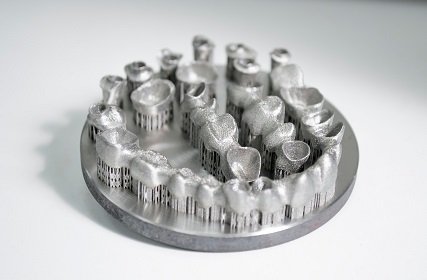
Biocompatibility: Dental implants come into direct contact with oral tissues. Therefore, surface finishes must be biocompatible to prevent adverse reactions, inflammation, or toxicity within the mouth.
Durability and wear resistance: Dental crowns, bridges, and implants, are subjected to chewing forces and wear. Proper surface finishing techniques can enhance their durability and resistance to wear, ensuring a longer lifespan.
Precision fit: Surface finishing can affect the accuracy of fit for dental implants, crowns and bridges. Proper finishing ensures a precise fit and comfortable placement within the patient's oral cavity.
Sterilisation compatibility: Dental instruments and tools need to be sterilised between uses. Surface finishes should help maximise the effectiveness of sterilisation.
Material selection: Different dental materials, such as ceramics, metals, or composite resins, require specific surface finishing techniques. The choice of finishing method should be compatible with the material used for the dental item.
Regulatory compliance: Dental implants and instruments must adhere to regulatory standards for safety and quality. Surface finishes should meet these standards and undergo testing to ensure compliance.
Aesthetics: Dental crowns, implants and bridges usually require a natural appearance to blend seamlessly with the patient's teeth and gums. Surface finishes should mimic the color, texture, and translucency of natural dental structures.
Professional reputation: Manufacturers that consistently produce high-quality dental implants and instruments earn a positive reputation within the dental industry, fostering trust among dental professionals and patients.
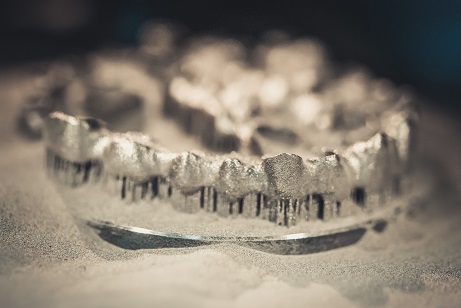
Achieving the right surface finish for dental components involves a balance between biocompatibility, aesthetics, durability, precision, and regulatory compliance. This ensures that the dental components function effectively, look natural, and promote oral health and comfort for the patient.
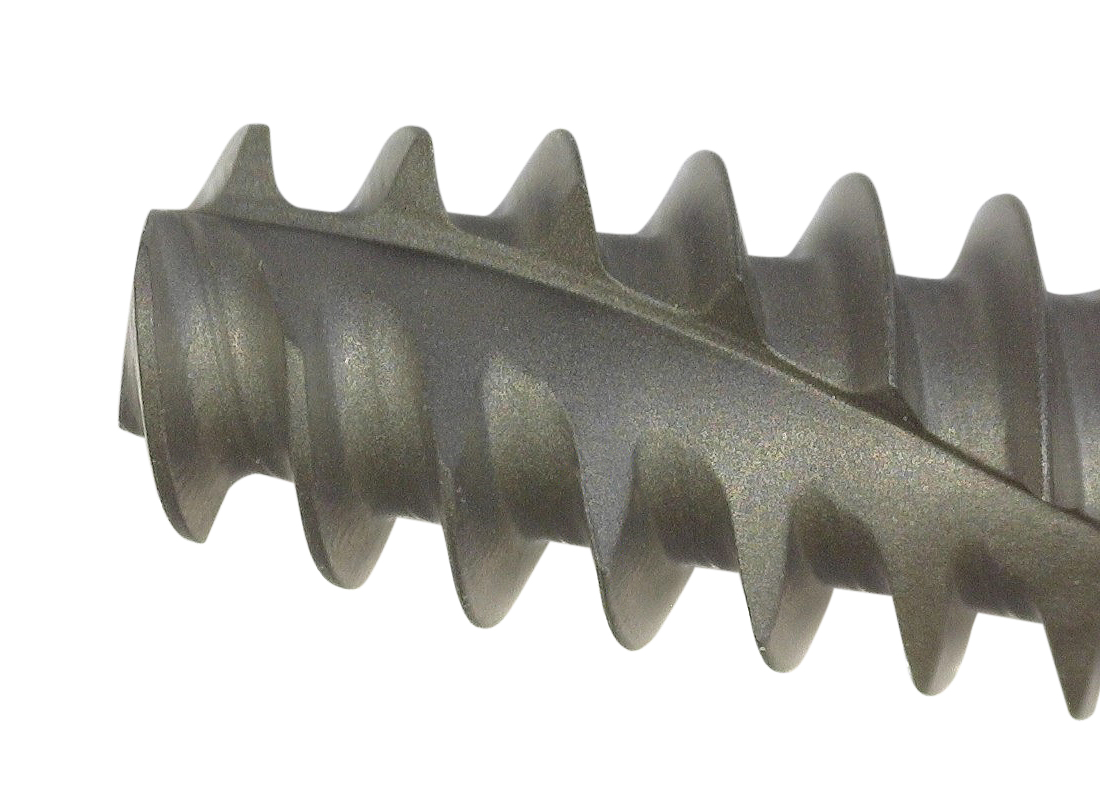
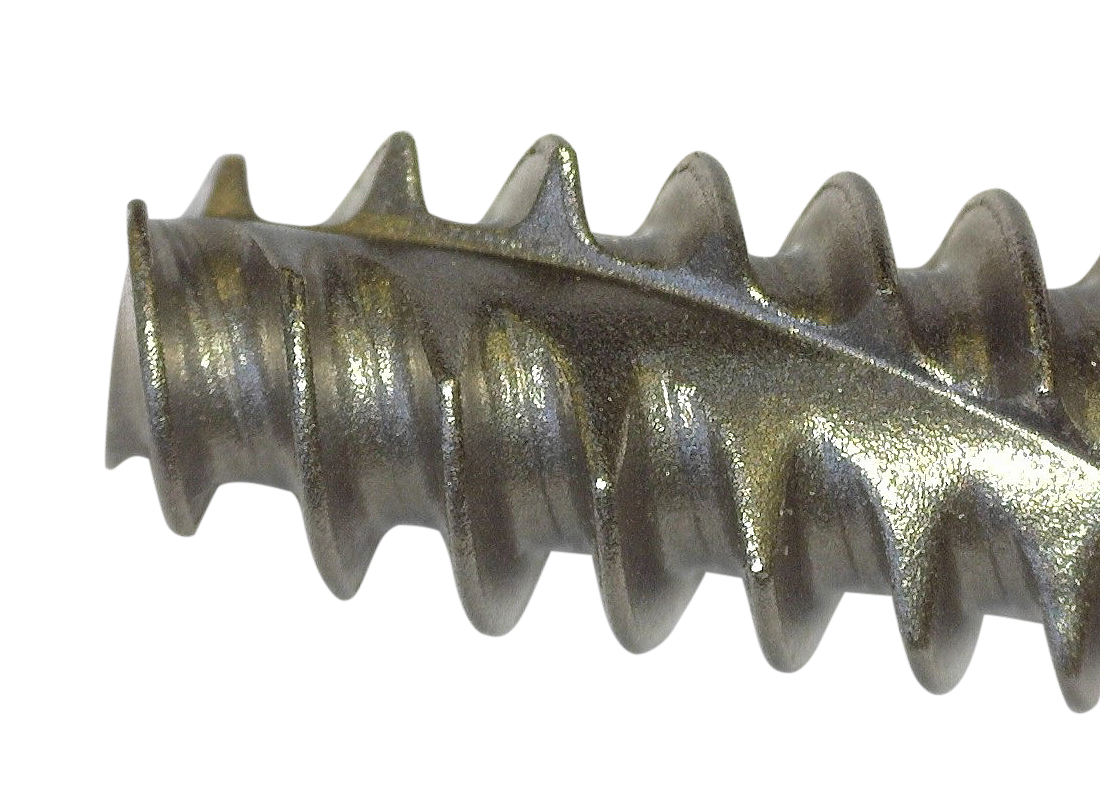
Wet blasting, also known as vapor blasting or aqua blasting, can help ensure high manufacturing standards are upheld by offering several benefits for dental manufacturers:
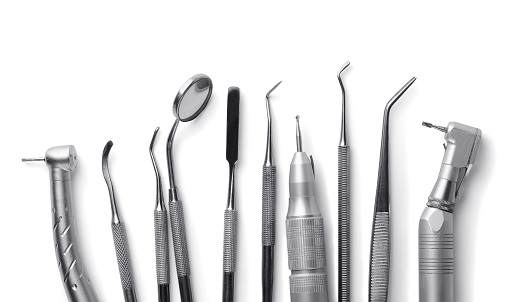
High-precision finishing: Wet blasting allows for precise surface treatment and cleaning of dental implants and instruments, ensuring accuracy and consistency in the finishing process.
Deburring dental implants: Wet blasting thoroughly deburrs dental implants. This helps ensure the implant surface is free from contaminants and rough edges, promoting better osseointegration.
Gentle damage-free cleaning: The finishing process is gentle on implants, crowns, bridges and instruments, as it uses a mixture of water and abrasive media to clean without causing damage.
Elimination of abrasive dust: Wet blasting eliminates the airborne abrasive dust that is typical of dry blasting methods, creating a safer and cleaner working environment for dental manufacturing facilities.
Exceptional levels of surface finish control: Wet blasting enables an extremely high level of control over surface finishes, providing options for varying roughness to a particular Ra surface roughness as per the specific requirements of the dental product in question.
Repeatability: Our automatic wet blasting machines deliver exactly the same finishing result every time whilst significantly boosting productivity compared with manual finishing.
Efficient and thorough cleaning: The combination of water and abrasive media effectively removes contaminants, residues, and debris from dental implants and instruments, ensuring the high cleanliness standards that are essential for dental work. This especially includes thorough and effective cleaning of complex structures typically produced by additive manufacturing.
Material compatibility: Wet blasting can be tailored to precisely suit the various materials used in dental manufacturing, including metals, ceramics, and composites, without causing damage or compromising the integrity of those materials.
Biocompatibility: Preparing surfaces by wet blasting can contribute significantly to the biocompatibility of dental implants in several ways. It is also possible to wet blast using biocompatible materials like HIMED's calcium-phosphates. Learn more about wet blasting for biocompatibility.
Minimised heat generation to help prevent damage: Compared to some other abrasive processes, wet blasting generates minimal heat during operation, reducing the risk of thermal damage to sensitive dental materials.
Creation of the perfect surface for bonding: By cleaning and texturing surfaces effectively, wet blasting can improve surface adhesion for subsequent processes like coatings or bonding, ensuring better product performance.
Creation of the perfect surface for sterilisation: Wet blasting can produce a surface roughness typically between 0.25 and 0.6µm Ra – the optimum surface Ra for instruments that need to be perfectly sterilised. Learn more about wet blasting for sterilisation.
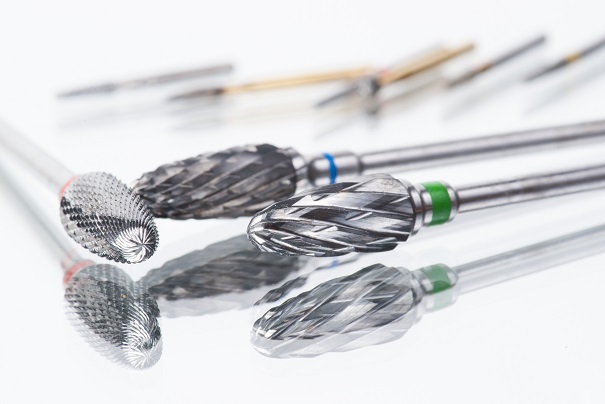
Thanks to recent advances in additive manufacturing (AM), dental prosthetics like crowns, bridges, and dentures are increasingly manufactured using AM technology. Our wet blasting technology is highly suited to finishing AM products in all sorts of different industries including dental implant manufacturing. Learn more about the advantages of finishing AM components by wet blasting.
In the dental manufacturing industry, where precision, cleanliness, and material integrity are critical, wet blasting offers a versatile and efficient method for the surface preparation and cleaning of dental implants and instruments. And when it comes to versatility, wet blasting is capable of finishing a wide range of different materials, like metals, composites, and ceramics.